Near IR Photography
Over the last several years, I have been fascinated with how everyday objects appear in different light, whether it's UV, Near IR or thermal IR. I've never had much interest in photography, but when I found out that ordinary cameras could be modified to see Near IR and UV, I had to give it a try.
I got my first taste of the hobby by simply pointing one of my smaller telescopes at a tree and installing one of my astronomy cameras into the focuser. Most astronomy cameras, unlike consumer cameras, do not come with UV/IR blocking filters installed in front of the sensor, thus making it easier to image this spectrum. To isolate the Near IR from visible light, I just used the same infrared pass filter I normally use on the planets. Once I focused onto the tree leaves, I was stunned to see that they appeared bright white. Come to find out, vegetation is highly reflective in Near IR light.
After playing around with one of my astronomy cameras, I decided to have my DSLR camera sent off to a lab to have the blocking filter removed. It cost a bit, but when I gave it a quick test with my new IR filter, I was amazed. The trees and grass were bright white and the sky was nearly black. It was worth it! Later on, I would look at common objects to see how they appeared. Many inks, dyes, and liquids became transparent. Dark clothes would appear white, photographs on the fridge looked as if they were blank, and cars looked so cool as the paint would become transparent enough to see the different types of plastic used. ![]()
Processing near IR photographs is kinda an art. Many prefer false color shots. While cool looking, I personally like infrared photos to be in black and white. Some processing is necessary, since I'm working with a color camera. Raw IR photos tend to have a purple cast, which is easily removed by a custom white balance. There are an assortment of IR pass filters on the market, with 720nm being the most common. I prefer the 850nm pass filter as it completely blocks any visible deep red from getting thru. As far as lenses go, I am currently using a really old Vivitar 35mm lens. It seems to work really well. My DSLR camera is a Sony Alpha A55V.
I hope you enjoyed reading all of that. If there are any questions, go for it. I love this kinda stuff! I plan to do separate blogs on UV and Thermal Infrared photography. Some really interesting things can be seen in the ultraviolet spectrum, especially with flowers and sunscreen. Fascinating! ![]()
-
 2
2



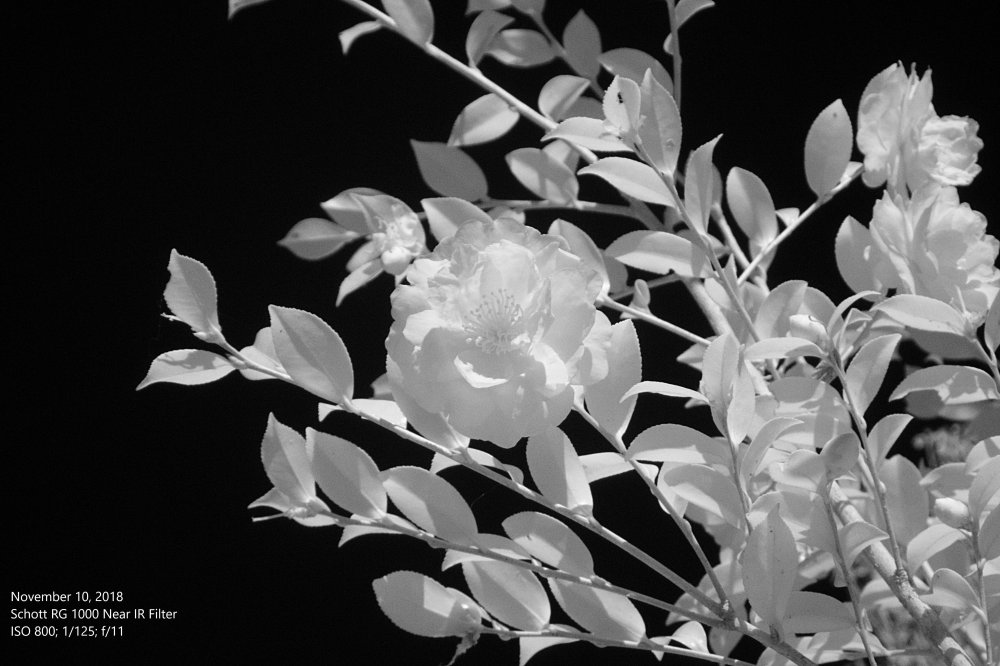
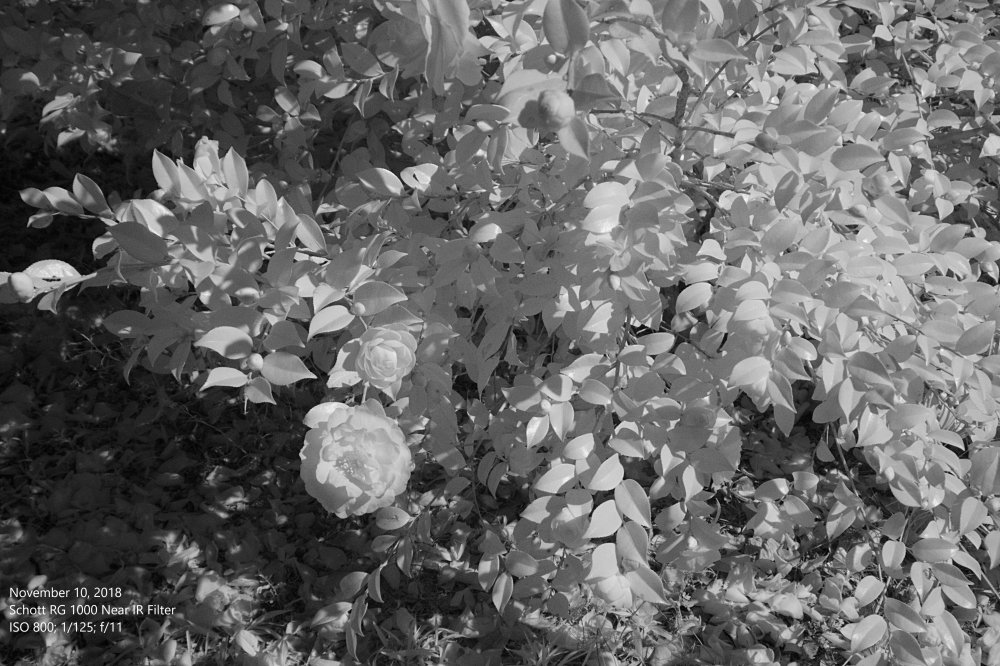
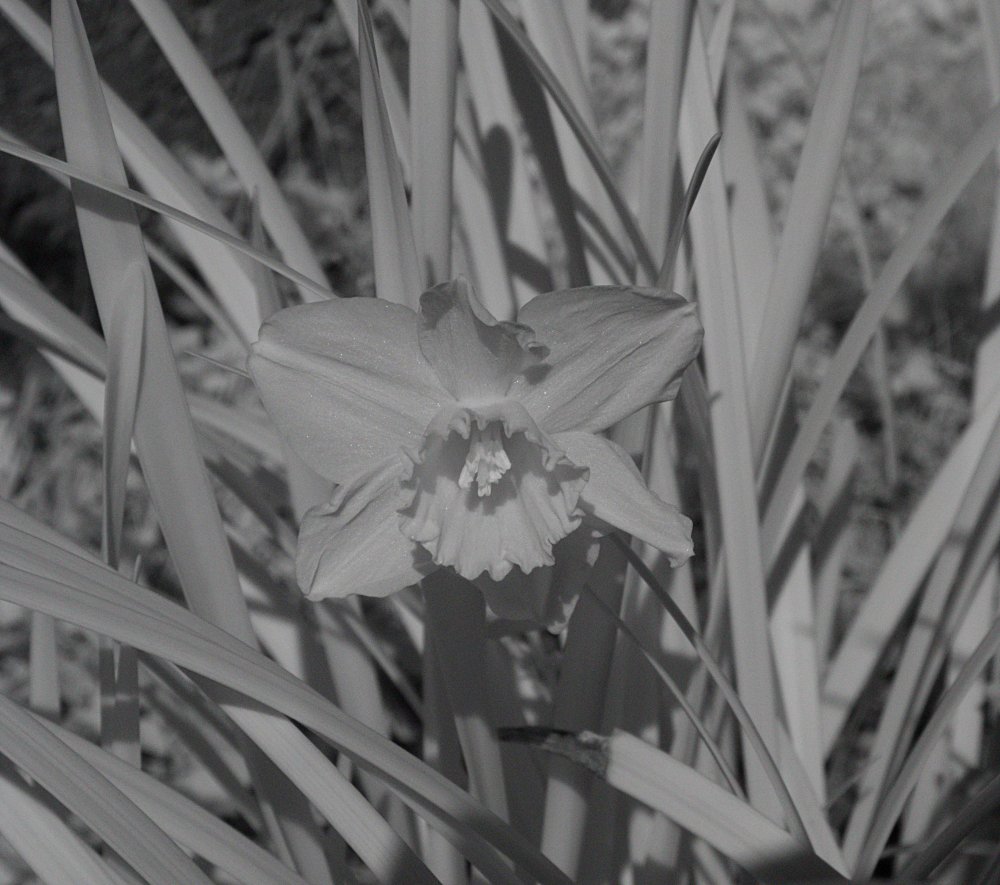
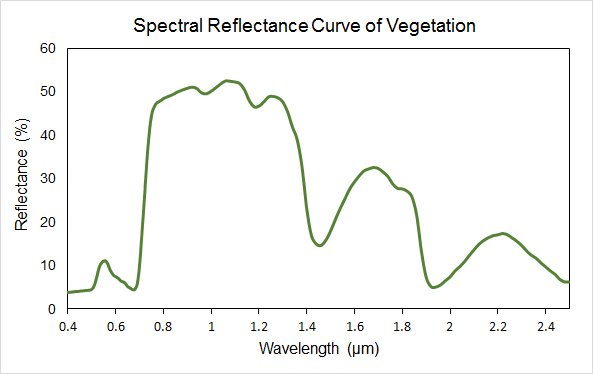

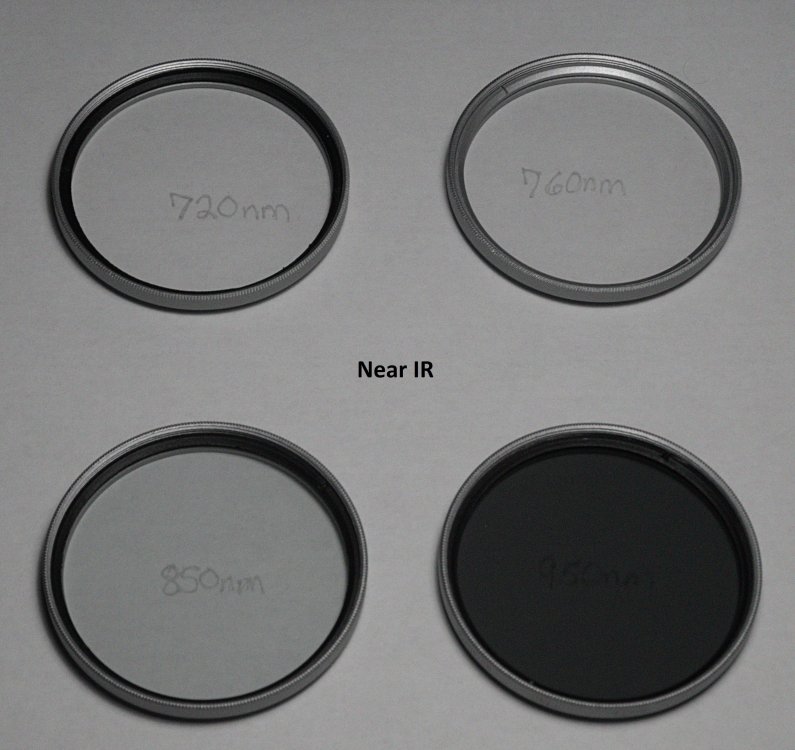
1 Comment
Recommended Comments
Create an account or sign in to comment
You need to be a member in order to leave a comment
Create an account
Sign up for a new account in our community. It's easy!
Join the herd!Sign in
Already have an account? Sign in here.
Sign In Now